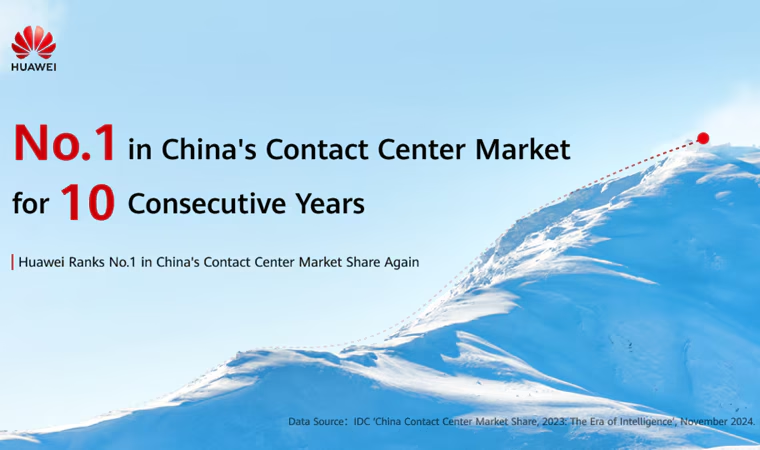The new geo-political balances will be played out on rare earth elements
Last February, MP Materials Corp and Sumitomo Corporation announced an agreement to diversify and strengthen supplies of rare earths to Japan. Under this agreement, SC will be the exclusive distributor of California-based MP Materials’ NdPr oxide for Japanese customers. In addition, the companies will cooperate in the supply of rare earth metals and other products. Rare earth materials, such as neodymium-praseodymium, or NdPr, are used to produce the world’s strongest and most efficient magnets, key elements to create advanced technological objects, including smartphones, electric vehicles, wind turbines and other gadgets consumer hi-tech.
The effort to electrify and decarbonize the global economy rapidly increases demand for rare earths, outpacing new supply. And that’s a problem. Or an opportunity for some countries, such as the United States, to disengage from China, the world’s leading producer of rare earths. For this reason, the diversification introduced by the partnership between MP Materials Corp and Sumitomo Corporation risks weighing heavily on the future of Beijing, which is already under pressure from the efforts of big tech companies to move away from factories in the country, first Apple, which has opened and inaugurated new factories in India.
What are rare earths?
Rare earths or Rare Earth Elements (REE) are a set of seventeen metallic elements. These include the fifteen lanthanides on the periodic table plus scandium and yttrium. As the US Geological Survey “Going Critical” explains, rare earth elements are necessary components of more than 200 products in a wide range of applications, especially high-tech consumer items.
While the amount of REE used in a product may not be a significant part of weight, value, or volume, it is in the device’s functioning. For example, rare-earth magnets often represent only a small fraction of a computer’s total weight, but without them, the motors and moving coils in desktops and laptops wouldn’t be possible. In 1993, 38% of world REE production was in China, 33% in the United States, 12% in Australia and 5% in Malaysia and India. Several other countries, including Brazil, Canada, South Africa, Sri Lanka, and Thailand, shared a small slice. A few years later, in 2008, China came to include over 90% of the world’s REE production, reaching 97% in 2011.

How did we get to this point?
Half a century ago, the US Mountain Pass Mine was the leading producer of rare earths. But concerns about the environmental costs associated with disposing of the radioactive waste related to REE manufacturing have driven much of the manufacturing to China, where the companies enjoyed lax environmental regulations. In addition, Beijing had focused on developing the rare earth industry since the 1950s, with the Baotou processing site for materials from the Obo Mine as the flagship of Sino-Soviet cooperation.
China’s continued dominance in the rare earth sector severely impacts the West’s ability to find autonomous solutions to sustain its supply chain. Although the Western industrial complex has depended on China for REE exports for years, the issue only started to raise concern in 2010, after Beijing halted exports of REE materials to Japan due to ongoing diplomatic tensions. According to Germany’s Federal Academy for Security Policy, NATO’s reliance on rare earths from China appears to be even greater than its reliance on Russian energy.
An unknow alliance
Clearly, China’s rare earth problem won’t go away overnight. The path to (partial) autonomy involves a combination of several factors: legislation, international alliances, and simplified authorization procedures. Lengthy authorization processes, among other things, will likely hamper the West’s agility in responding to the next Taiwan crisis, giving Beijing the upper hand.
For years to come, China will be able to react to any intervention in the event of a Taiwan contingency, a card that the Red Dragon has shown it can play. The US-Japan axis strengthened with the alliance between MP Materials Corp and Sumitomo Corporation, should be read in this way: not a simple business but a geo-political response to the weight that China has gained over time, in the sector of rare earths, with many responsibilities on the part of the West.
From the renewable economy to the military and aerospace one, passing through the electric car trade, and still optical fibre and the production of smartphones, rare earths are fundamental to the economy of the present. They will be increasingly so in the future. It would be misleading to think they are just one element in a more complex industry. Putting them back at the centre of a different process of obtaining and optimizing the environment, for example, with the recycling of WEEE, is instead a central question for obtaining greater independence from the few producers who hold the global monopoly.



